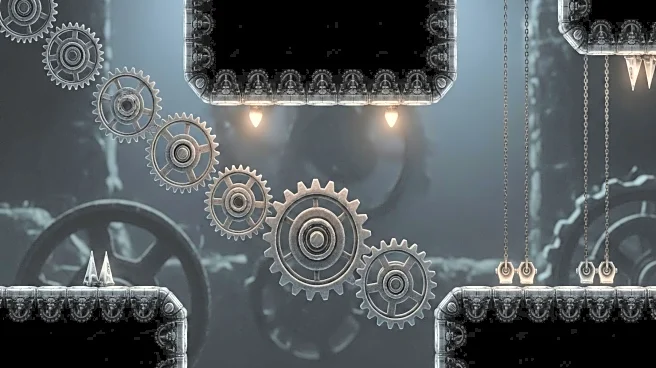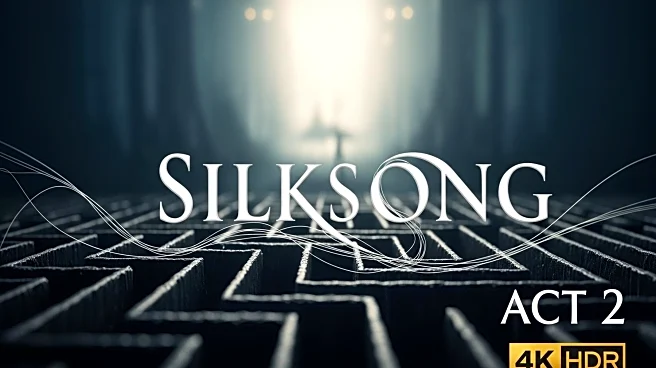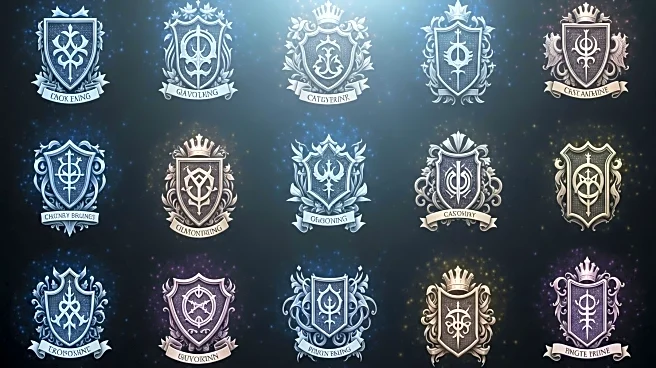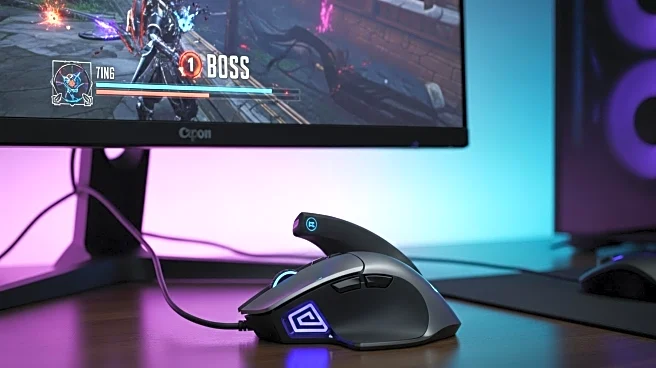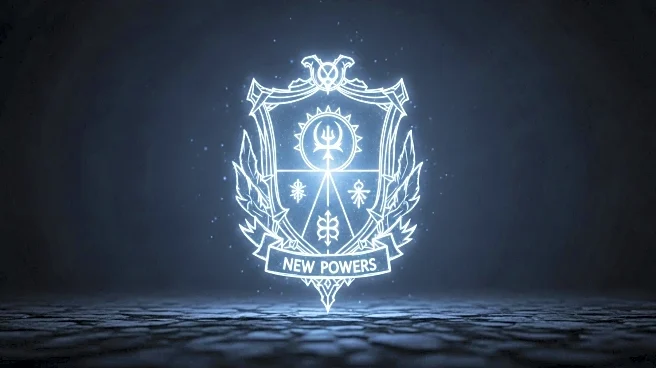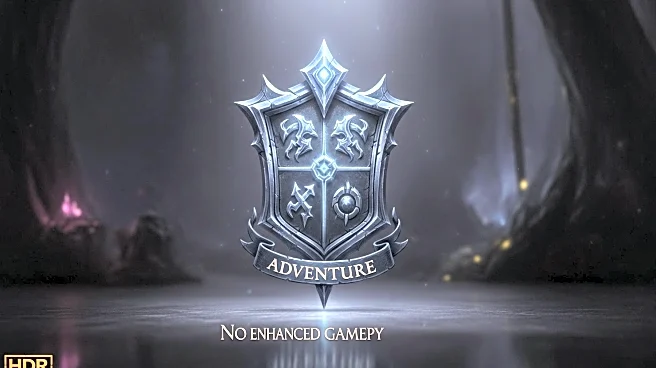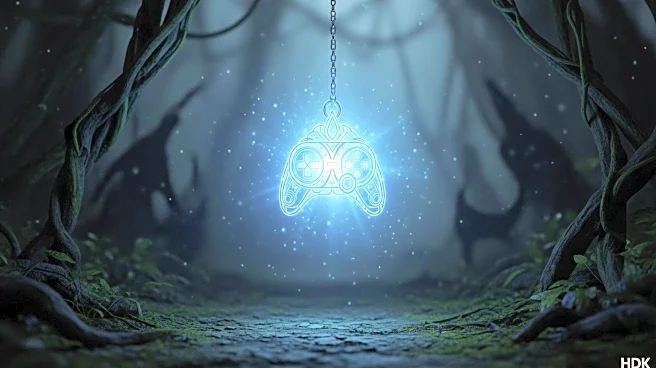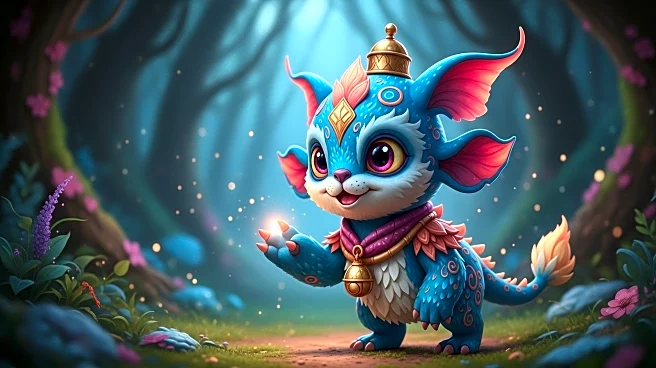What's Happening?
Hollow Knight: Silksong, the sequel to the popular indie game Hollow Knight, is generating significant discussion due to its challenging platforming sections. Players are finding the game's difficulty, particularly in its platforming segments, to be unexpectedly high. The game features Hornet, the protagonist, who uses a downward diagonal aerial strike as a platforming tool. This attack requires precise timing and positioning, which many players struggle with, especially if they miss an optional upgrade early in the game. This upgrade, known as the Crest of the Wanderer, allows for a more straightforward downward strike, making these sections easier. However, due to the game's non-linear nature, not all players find this upgrade, leading to frustration and numerous attempts to navigate these challenging areas.
Why It's Important?
The difficulty level of Hollow Knight: Silksong is a significant point of discussion among its fanbase, impacting player experience and engagement. The game's challenging nature is reminiscent of its predecessor, which was known for its demanding gameplay. However, the unexpected difficulty in platforming sections may deter some players, affecting the game's reception and sales. The conversation around the game's difficulty highlights the balance developers must strike between providing a challenging experience and ensuring accessibility for a broader audience. This issue is crucial for the indie gaming industry, where player satisfaction can significantly influence a game's success.
What's Next?
As players continue to navigate Hollow Knight: Silksong, discussions and strategies for overcoming its challenges are likely to proliferate online. Developers may consider addressing player feedback in future updates or patches to improve accessibility. The game's community will likely continue to share tips and guides to help players find upgrades like the Crest of the Wanderer, enhancing the overall gaming experience. Additionally, the game's difficulty may influence future indie game designs, prompting developers to consider player feedback more closely in their development processes.
